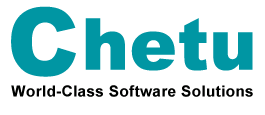The principles of assistive technology state that the technology should be easily accessible to individuals, collaborative between people with disabilities and the elderly, flexible in terms of adaptability, easy to use, fully inclusive and supportive for integration into society. , education, employment and community settings.




